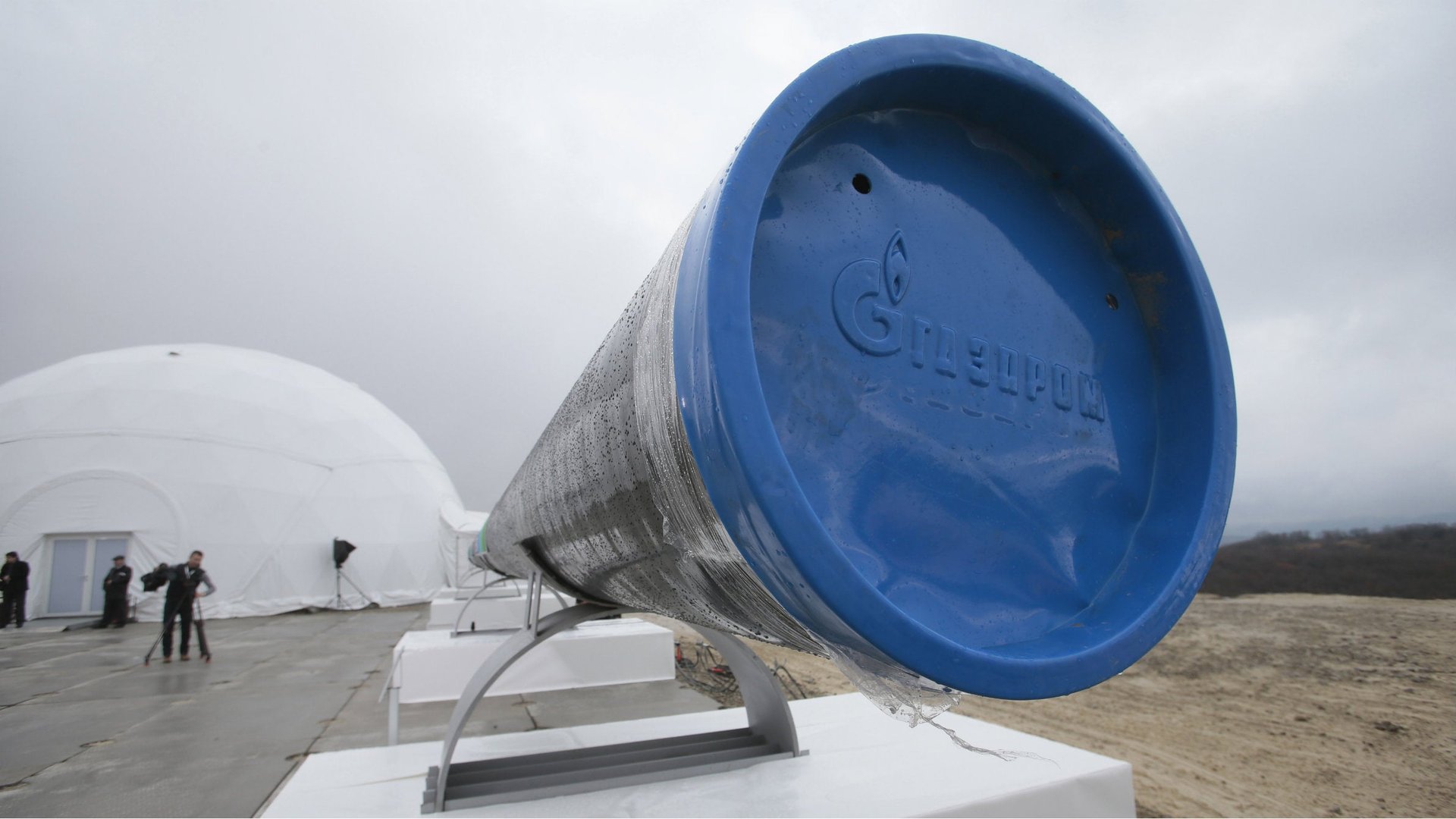How Ukraine hopes to avert a new cutoff of winter heat to Europe
The International Monetary Fund arrived in Kiev today to discuss a Ukrainian budget crisis exacerbated by an unexpected $7 billion natural gas bill from Moscow, and revived talk of a gas war with Russia. Looming in the backdrop is the potential for increased Russian pain in the shale gas revolution.


The International Monetary Fund arrived in Kiev today to discuss a Ukrainian budget crisis exacerbated by an unexpected $7 billion natural gas bill from Moscow, and revived talk of a gas war with Russia. Looming in the backdrop is the potential for increased Russian pain in the shale gas revolution.
Ukraine is looking for a $15.4 billion IMF loan to tide it through today’s fallow times. The IMF halted Ukraine’s last assistance program because the country refused to reduce natural gas subsidies. Instead, Ukraine lowered its gas bill by importing less of the fuel from Russia, and substituting coal. But that strategy may have backfired with the $7 billion bill from Gazprom, which says Ukraine must pay for contracted gas even if it did not use it. Ukraine retorts that it met contractual obligations to notify Gazprom in advance of its intention to buy less gas.
Some analysts foresee a fresh bout of brinksmanship, which in the past has led Russia to cut off winter natural gas supplies to Ukraine and by extension to the European Union.
All of this comes against the backdrop of a shale gas-led challenge to Russian power in Europe. The rise of US shale gas has led liquefied natural gas producers to dump their product in Europe, undercutting Russia’s otherwise captive market. Consequently, Gazprom deliveries and revenue are down. Now that threat is coming much closer to home.
On Jan. 24, just hours after Gazprom sent the gas bill, Ukraine signed a contract with Shell to spend up to $10 billion developing the country’s own shale gas reservoirs. If Shell finds economical shale gas in Ukraine, Gazprom would be further undermined. Furthermore, Ukraine would be far less dependent on Russia.
Hence Russia, unhappy with Ukraine and its ambitions, may seek to raise the stakes for Kiev by using the tool it has applied in past–a winter cutoff of natural gas. What Moscow would achieve is anyone’s guess.